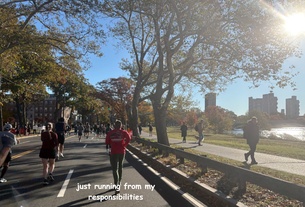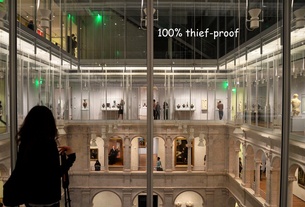Although Kelly M. Dermody ’89-’90 would eventually become known as a prominent gay activist on campus, she began her college career feeling isolated and disempowered.
Harvard lacked a visible gay community or political framework to foster gay activism and Dermody, a star lacrosse player, was forced to grapple with her sexual identity on her own. There was no established network designed to provide support for queer students at the time.
“It felt like dropping off a cliff,” Dermody said. “I was really, really, really depressed and demoralized personally. It all felt like this huge deceit.”
Despondent, she took the following semester off to work for Senator Edward M. Kennedy ’54-’56 in Washington. It was 1987, during the buildup to the Second National March on Washington for Lesbian and Gay Rights, and the city was awash with renewed vigor for civil rights causes.
Dermody returned to campus, energized and ready to fight for gay community at Harvard. The charged environment had permeated the Harvard campus as well, inspiring a movement for heightened awareness of queer issues at Harvard.
“It was a crazy time to be in school, because all of that was percolating out there on the national landscape, and then on campus,” Dermody said.
The 1988-1989 school year was marked by a series of controversies over queer issues, which ranged from an alleged assault of a gay student to a renewed debate over ROTC on campus.
The developments fostered a more cohesive gay community, one that galvanized open discussion and activism.
“We had to come out, we had to help each other, we had to ask for the dignity that we wanted as opposed to waiting for someone to show up and realize it should be afforded to us,” Dermody said.
REFORMING CAMPUS CULTURE
Dermody recalled that Harvard at the time appeared to ignore queer concerns, sweeping them under the rug.
{shortcode-5c1a33b76d0174cfe09ef47ed0782dc765fb0bf3}
“As far as you could tell, no one talked about gay issues, [and] the absence of that dialogue meant people were very scared of being seen as gay,” Dermody said.
At the time, there were only two queer student groups on campus, the Bisexual Gay and Lesbian Student Association and the peer counseling group Contact.
Dermody and others felt that these groups did not adequately address the needs and concerns of the community. Harvard’s queer community lacked a “political arm” capable of creating changes on campus, according to Clarissa C. Kripke ’89.


